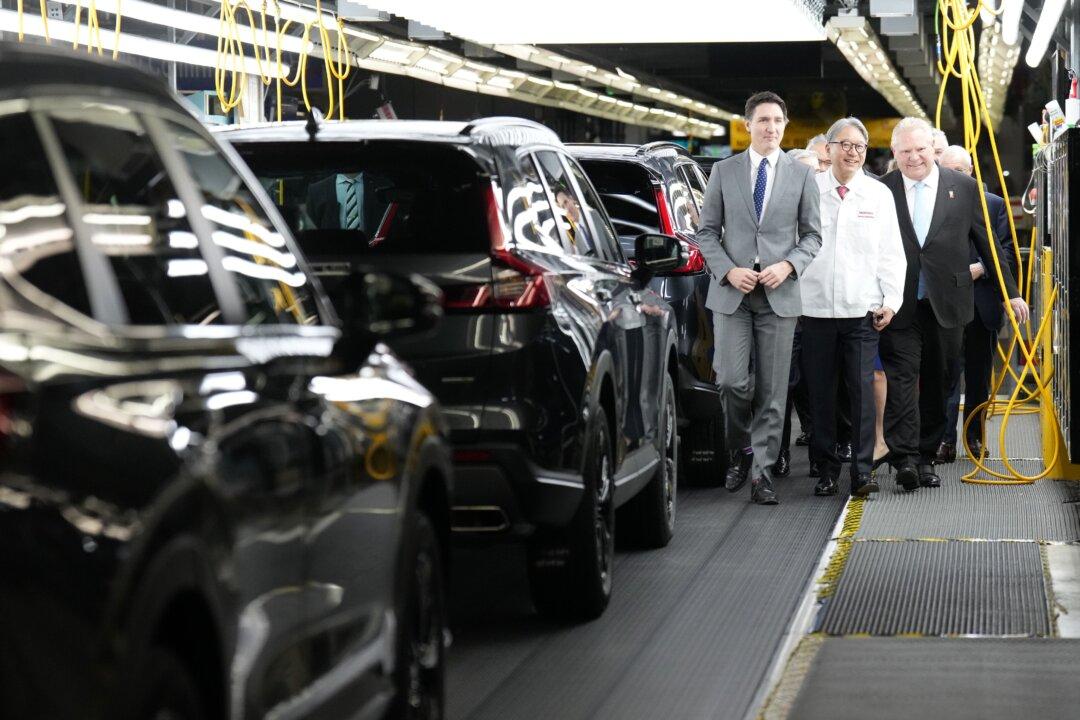SCOTSGUARD, Saskatchewan—Driving by Keith Hagen’s farm in southwest Saskatchewan, you would never know that inside his farm buildings is a treasure trove of beautifully restored antique automobiles.
The place is a vintage car lover’s dream. Storied brands from yesteryear, such as DeSoto, Packard, Pierce-Arrow, Oakland, Durant, and Essex, are all on display or soon will be, along with more familiar names like Ford, Chevrolet, and Oldsmobile.





